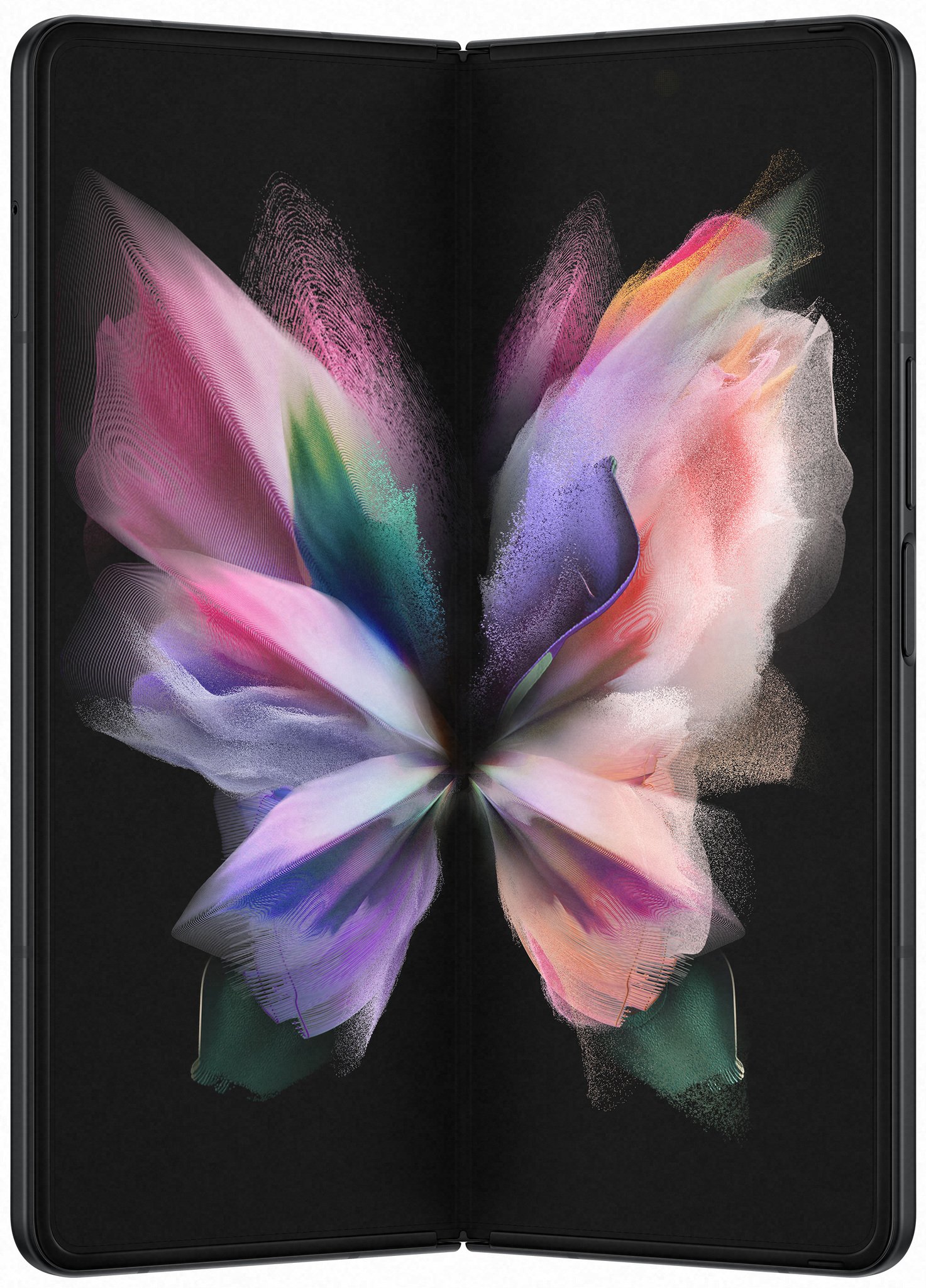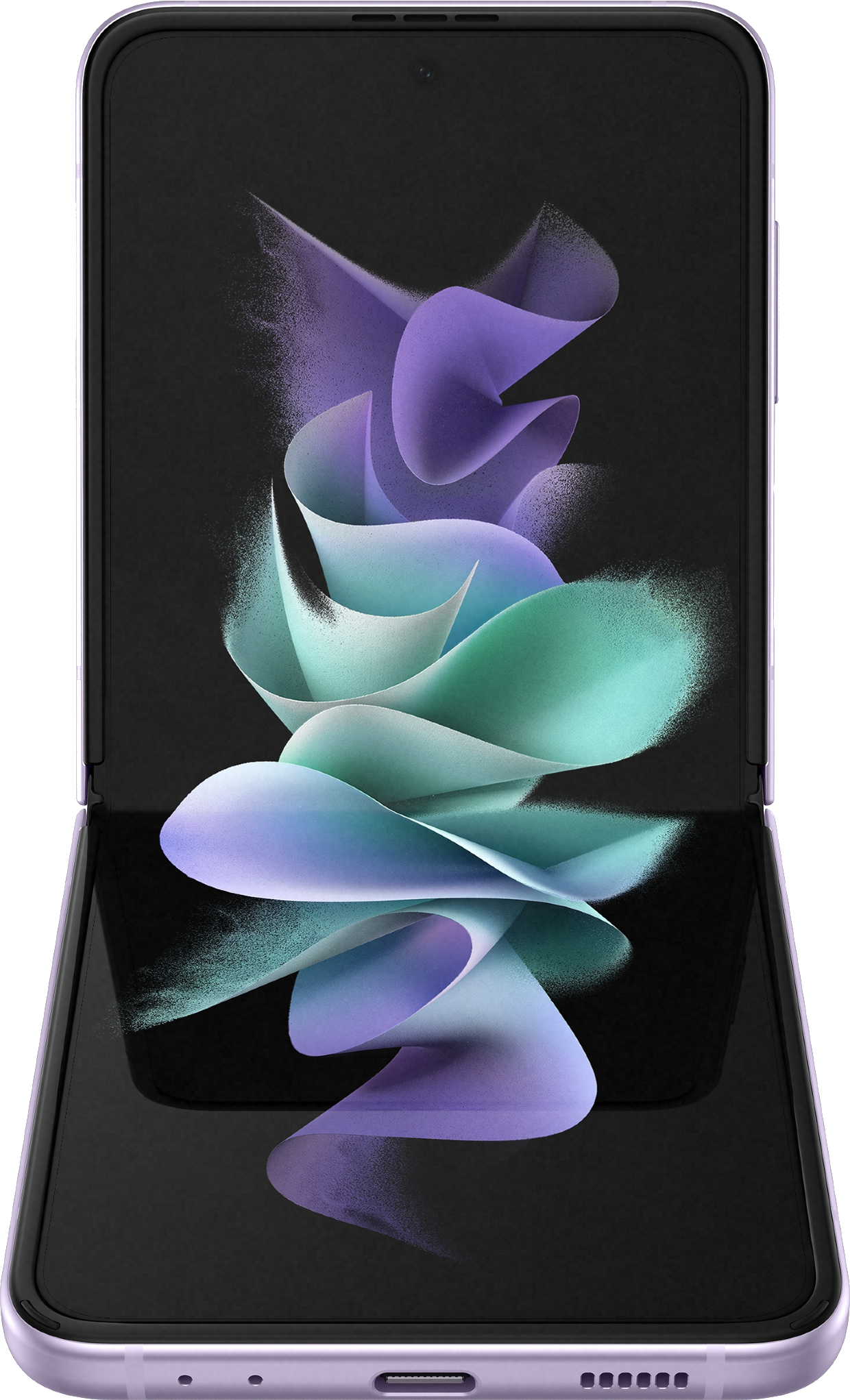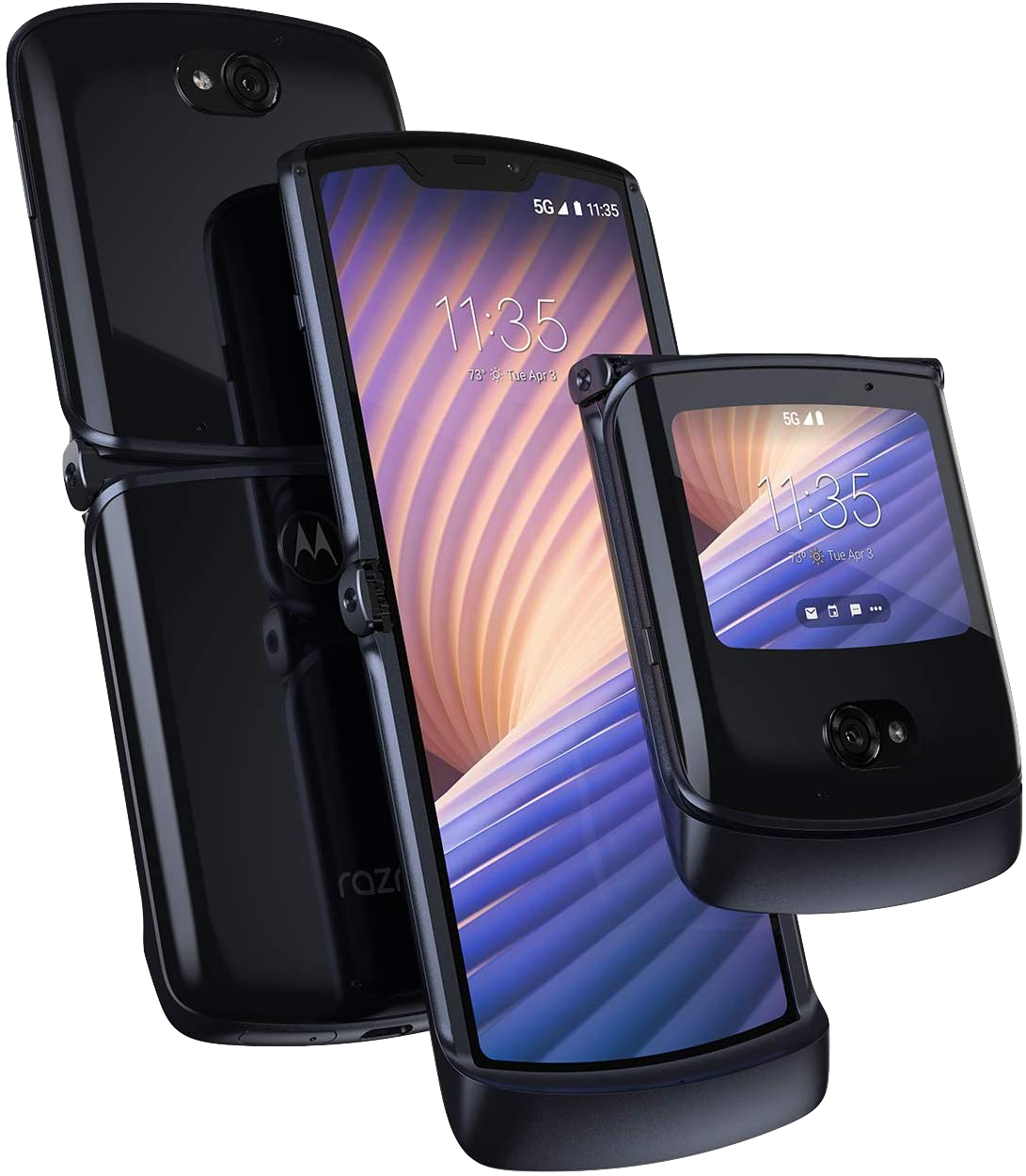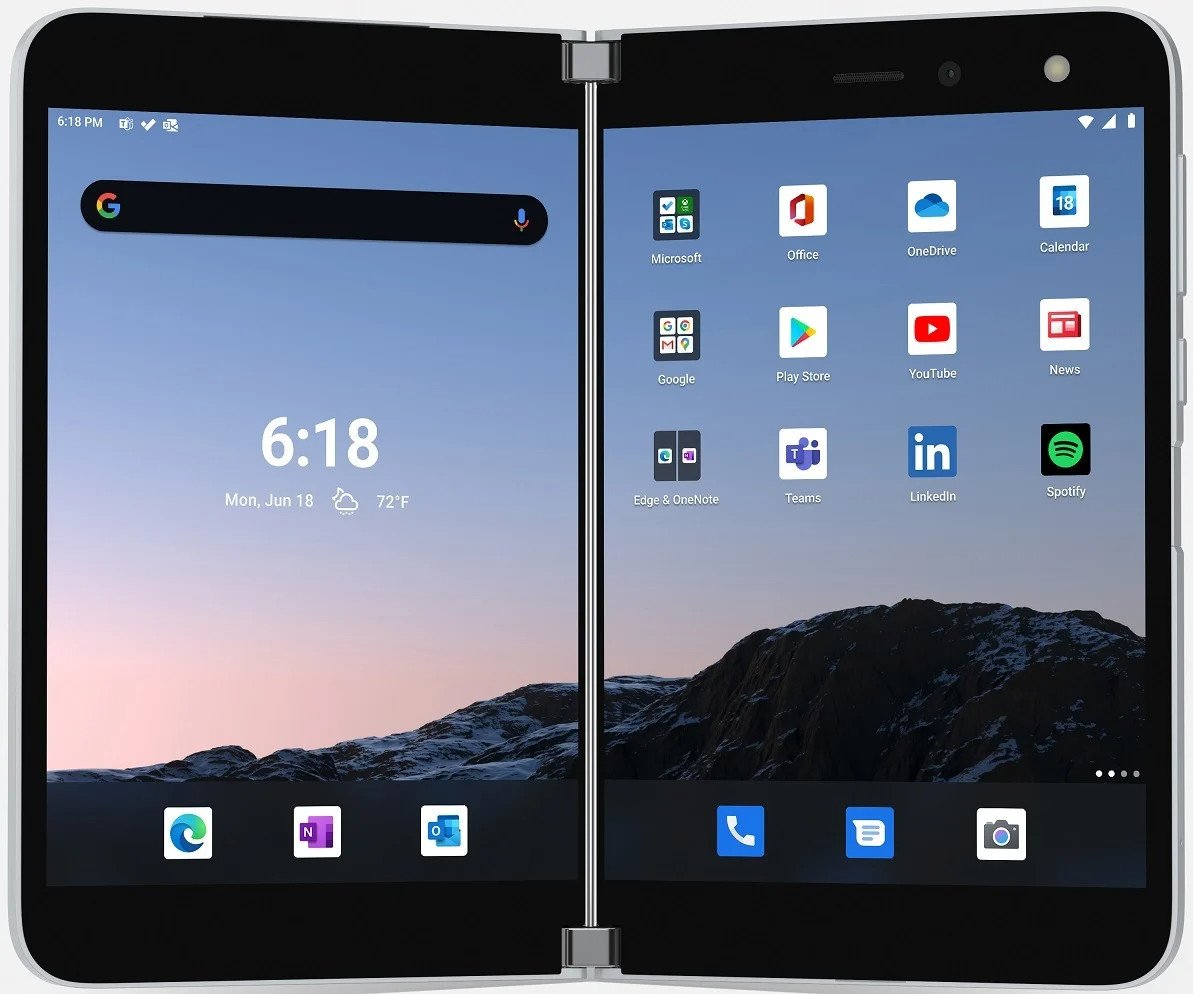We're still in the early days of the foldable phone re-emergence, but there are a couple of options available if you want to buy in. These are no longer concepts or prototypes. They're complete phones that are on store shelves just like any other. Right now, the best overall option is the Samsung Galaxy Z Fold 3, but it's far from your only option. These are the best foldable phones you can buy.
Best overall foldable phone: Samsung Galaxy Z Fold 3
Another year means that we've been graced with another Galaxy Z Fold: the Samsung Galaxy Z Fold 3. While it may not look like too much of an upgrade at first glance, Samsung actually packed a lot of improvements into this one. Firstly, it sought to squash any concerns about the durability thanks to the phone's new IPX8 water resistance and upgraded PET display.
With the addition of water resistance and improved display, this marks the most durable foldable smartphone that we've seen to-date. And because of this, Samsung was able to bring S Pen support to the Galaxy Z Fold 3. Considering that we won't be seeing a Galaxy Note 21, this move should appease those looking to upgrade from the Galaxy Note 20 Ultra.
Although the battery life has been reduced just slightly (4,300mAh), Samsung is bringing the heat by finally adding a 120Hz refresh rate to the Cover Screen. This gets rid of any jarring experiences going from the outer display to the big screen with its 120Hz refresh rate. Samsung was even able to slim down the Galaxy Z Fold 3, which is now thinner and lighter than its predecessor. But it's still pretty expensive, placing it well above the rest of the best Android phones on the market today.
Pros:
- 120Hz refresh rate on both displays
- IPX8 water resistance
- Snapdragon 888 with 5G support and 12GB of RAM
- Most durable, foldable screen
- S Pen support
Cons:
- Under-display selfie camera is cool but not great
- Battery is smaller than the Z Fold 2
- Extremely expensive
Best overall foldable phone
Samsung Galaxy Z Fold 3
The most powerful foldable with the fewest compromises
If you thought the Z Fold 2 was for multi-taskers, the Z Fold 3 takes things up a notch with S Pen support and a lighter design.
Best flip phone: Samsung Galaxy Z Flip 3
Flip phones are better than ever! With the Samsung Galaxy Z Flip 3, the company pretty much took the Galaxy Z Flip 5G and "fixed" all of the issues that users had. The Flip 3 is now equipped with a larger cover screen that actually houses a few scrollable widgets while doubling as a viewfinder for the dual-camera system. To try and create a uniform design, Samsung added a glass-window the width of the Z Flip 3, enclosing the vertically-orientated cameras and cover screen.
As is the case with the Galaxy Z Fold 3, Samsung's flippy-boi is one of the first folding phones to feature an official IPX8 water resistance rating. This was done with the same application provided with the Z Fold 3, as the Flip 3 also features a greatly-improved main display using PET film with the UTG. And with the Flip 3, we also now have a main display with a 120Hz refresh rate, something that has been lacking ever since the original Galaxy Z Flip was announced.
Perhaps even more important than the changes to the display and durability is the price tag. The Galaxy Z Flip 3 is the first foldable smartphone to be made available for under the $1,000 price point. This is an enormous drop down from the Galaxy Z Flip 5G, and can instantly be considered one of the best Android phones, especially for those who don't want an enormous screen.
Pros:
- More durable main screen
- 120Hz refresh rate
- Larger cover screen is more useful
- IPX8 Water resistance
- First foldable phone under $1,000
Cons:
- Cameras largely remain the same
- Battery is the same as last year's model
Best flip phone
Samsung Galaxy Z Flip 3
Great for users with tiny pockets
The best part of the Galaxy Z Flip 3 is its new price tag, and greatly improved durability with IPX8 and a new display.
A solid flipping alternative: Motorola RAZR 5G
When the Motorola RAZR was launched back in 2019, many were hoping that Motorola had found itself again as the RAZR was poised to combat Samsung's Galaxy Z Flip. However, that just wasn't meant to be, as we saw a foldable display that lasted just a few hours before the creaking in the screen began. That's been remedied with the Moto RAZR 5G and added some new features such as being able to open apps and use them on the Cover Display.
This iteration is much more durable than the original, being able to withstand quite a lot more than you might expect, save for a fall onto concrete at the perfect angle. The internal specs were slightly upgraded over the original, with the Snapdragon 765G powering the flip phone, along with 8GB of RAM, and a slightly larger battery. While you won't turn to the RAZR 5G for all of your photography needs, Motorola made some necessary changes to at least make the camera serviceable on a daily basis.
But that's about all that you'll find with the RAZR 5G. Although the 5G moniker has arrived because that's what OEMs do now, you'll never see 5G speeds if you're a Verizon customer. That's because while there's sub-6GHz compatibility, Motorola ignored Verizon's mmWave network. And although Motorola changed the design to incorporate a glass back, you still won't find wireless charging, which is disappointing. Speaking of disappointment, the RAZR 5G is limited to just two major Android releases. Considering that it launched with Android 10, that means you're going to be limited to Android 12 whenever Motorola gets around to releasing it.
Pros:
- Cover Display can be used with an installed apps
- More durable than the original version
- Slightly improved internal specs
- Camera performs better than expected
Cons:
- Only two major Android release updates
- No wireless charging despite glass back
- Not compatible with Verizon's mmWave 5G network
A solid flipping alternative
Motorola RAZR 5G Polished Graphite
A solid alternative to the Z Flip 3
Motorola's RAZR 5G features plenty of improvements compared to the original version, but it might be a story of too little, too late in its battle against Samsung.
Wider cover display: Huawei Mate X2
Take everything that you love about the Galaxy Z Fold 3 and make it just a little bit larger. Then, take away Google's services and add another $700-$1,000, and you have the Huawei Mate X2. Like Samsung, Huawei's second-generation foldable phone is practically a completely different offering from the original. There's a larger Cover Display that feels more like a regular smartphone and not just an accessory that you might use every once in a while.
The massive 8-inch inner display features edge-to-edge screens, meaning that you won't find any camera cutouts to interrupt your line of sight. 5G support is onboard with the ability to use either 6GHz or mmWave, depending on what your carrier provides. There's also fast 55W charging speeds that help make up for the lack of wireless charging on the Mate X2.
When it comes to the Huawei Mate X2, there's a lot to love, but there's far too much holding it back from being a sensible option. First, there's the price tag, starting at $2,700 before dealing with import taxes and fees from whichever retailer you buy it from. Secondly, and more importantly, is the lack of Google services. The Mate X2 is powered by Huawei's HarmonyOS, but you won't find the Play Store available without some side-loading and tinkering. And even then, it's likely not going to work exactly how you would expect.
Pros:
- Larger Cover Display
- 8-inch inner display without any camera cutouts
- Fast 55W charging speeds
- 5G support for sub-6Ghz and mmwave
Cons:
- No Google services
- Not readily available in the U.S.
- Expensive
Wider cover display
Huawei Mate X2
Imagining what could have been
Huawei has created a phenomenal device from a hardware perspective and has everything we want from a future Z Fold. But a steep price tag and the lack of access to Google's services leave us wishing things were different.
Xiaomi's first foldable: Xiaomi Mi Mix Fold
It was long-rumored, but Xiaomi has officially entered the foldable arena with the Mi Mix Fold. In previous years, the Mi Mix moniker was reserved for experimental handsets that may or not may not make it to market. But the Xiaomi Mi Mix Fold is here and is available, if you live in China at least. The device definitely looks like a first-generation foldable, with thick bezels on the outer display and a more bubbly overall design.
However, Xiaomi makes up for those questionable design choices by harnessing the power of the Snapdragon 888 with MIUI 12. You'll find a more natural Android interface, but after you start playing around with it, you might come across the new Desktop Mode. Think of Samsung DeX on an 8-inch display, and that's pretty much what you'll find here.
The biggest selling point of the Mi Mix Fold isn't the dedicated Desktop Mode or the awesome combination of software and hardware. It's not even the liquid lens technology being used in the camera or the fact that it features the largest battery in a foldable smartphone. Nope, it's the fact that Xiaomi has priced the Mi Mix Fold at just $1,500, which is cheaper than any of the standard foldable phones that you'll find. But just be warned that you'll have to deal with importing the Mi Mix Fold from China, and there could be some extra costs associated which bring it closer to the Z Fold 3.
Pros:
- Less expensive compared to competitors
- Software features are second-to-none
- Liquid Lens technology is unique to foldables
- Largest battery in a foldable (5,020mAh)
Cons:
- Cover display has thick bezels and just 60Hz refresh rate
- No water resistance
- Difficult to purchase in the U.S.
- First-generation products are prone to long-term issues
Xiaomi's first foldable
Xiaomi Mi Mix Fold
Attempting to disrupt the market
Xiaomi's Mi Mix Fold reminds us of the original Galaxy Fold in some regards, as the outer display and overall design are a bit chunky. But the latest foldable is a few hundred dollars less expensive than the competition.
Two separate screens: Microsoft Surface Duo
For many, the idea of a foldable smartphone has been relegated to a single displayable of being folded in half. Microsoft has a different take on the idea of a foldable, offering two separate displays attached to a single hinge. The Microsoft Surface Duo is one elegantly designed smartphone and shooting for the moon as the company's first handset since the Windows Phone days.
The dual-screened approach actually enables you to be a bit more productive, as you can move apps between the two screens instead of tiling them on one large display. The Surface Duo is a fun and unique device that stands out from the crowd, but many compromises were made in Microsoft's effort to get into the Android smartphone market.
For one, the underlying hardware was outdated from the time that the Surface Duo hit storefronts. While performance is not the worst that we've seen, it does make it difficult to justify the high price tag. This, combined with Microsoft's inability to update Android 11 and instead focus on releasing stable software with updates, adds to the frustration. And as you might expect, you won't find any 5G support, nor will you be able to enjoy great camera hardware. The Surface Duo is an interesting device, but we're really hoping that Microsoft gets things together for a potential successor.
Pros:
- Excellent hardware design
- Hinge is smooth to operate
- Dual-screens enhances productivity
- Fun and unique
Cons:
- Still running Android 10
- Microsoft still working out the software kinks
- No 5G
- Lacking wireless charging
- Cameras are extremely outdated
Two separate screens
Microsoft Surface Duo 128GB
Be more productive with two screens
The Microsoft Surface Duo is a unique foldable that sports two separate screens instead of a single folding one. Despite a superb design, the hardware powering this device was outdated from day one and is expensive for what you get.
Bottom line
When it comes to the limited selection of foldable phones, the Samsung Galaxy Z Fold 3 is the best of the bunch. It doesn't offer the same level of durability and value as a normal non-folding smartphone, but that's not what we're evaluating here.
As far as a foldable goes, it offers the best combination of features and quality while limiting the compromises. When it's open, you have a tablet-like canvas for running multiple apps, and when it's shut, you get a relatively familiar (albeit narrow) form factor that's useable in one hand. And now you have an official water-resistance rating along with S Pen compatibility, even if you need to buy a special S Pen to work with the Z Fold 3.
Credits — The team that worked on this guide
![]()
Hayato Huseman is a recovering trade show addict and video editor for Android Central based out of Indianapolis. He can mostly be found complaining about the cold and enthusing about prog metal on Twitter at @hayatohuseman.
![]()
Andrew Martonik is a former Executive Editor, U.S. at Android Central. He has been a mobile enthusiast since the Windows Mobile days, and covering all things Android-related with a unique perspective at AC since 2012. For suggestions and updates, you can reach him on Twitter at @andrewmartonik.
Andrew Myrick is a regular freelancer at Android Central. He has been a tech enthusiast ever since the original iPhone was released and continues to flip-flop between devices. You might as well hook him up to an IV filled with coffee to get him through the day. If you have any questions, you can find him on Twitter.










0 Response to "You Can See More: Feel like you're living in the future with the best foldable phones"
Post a Comment